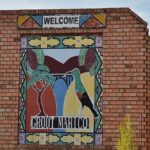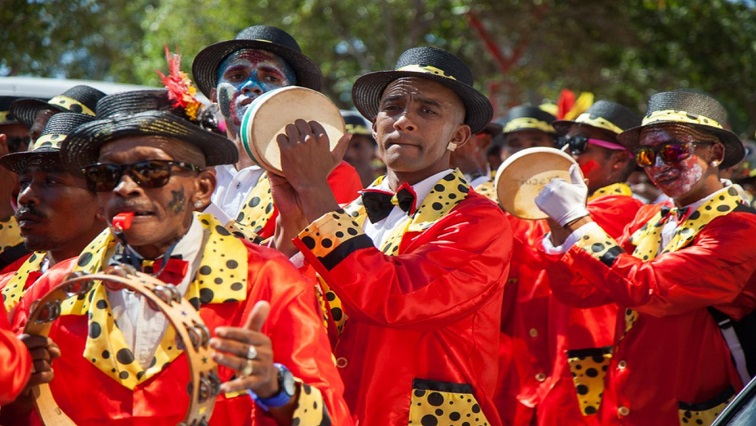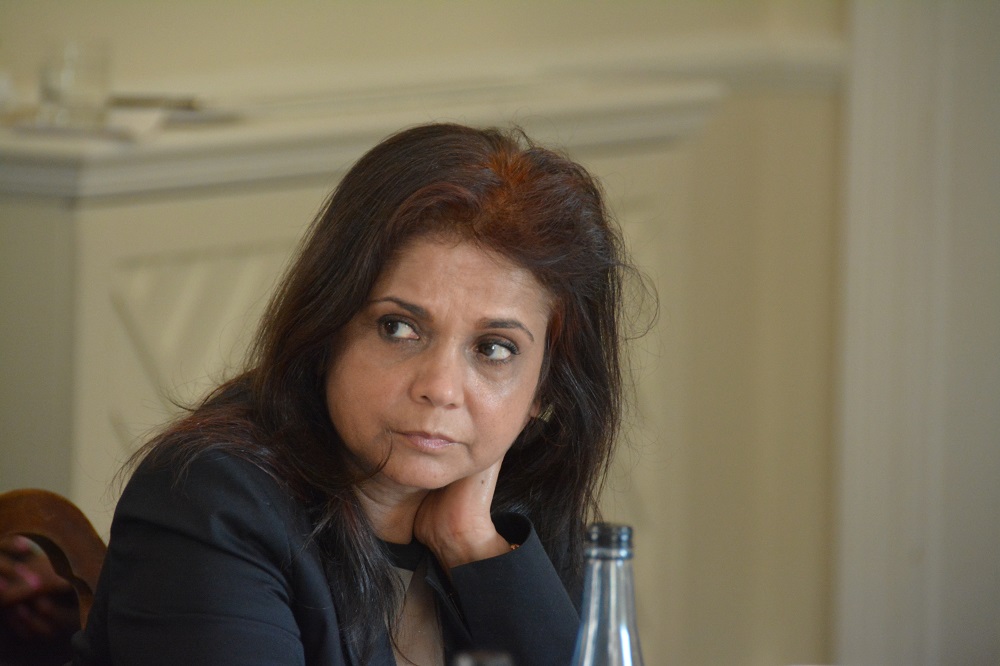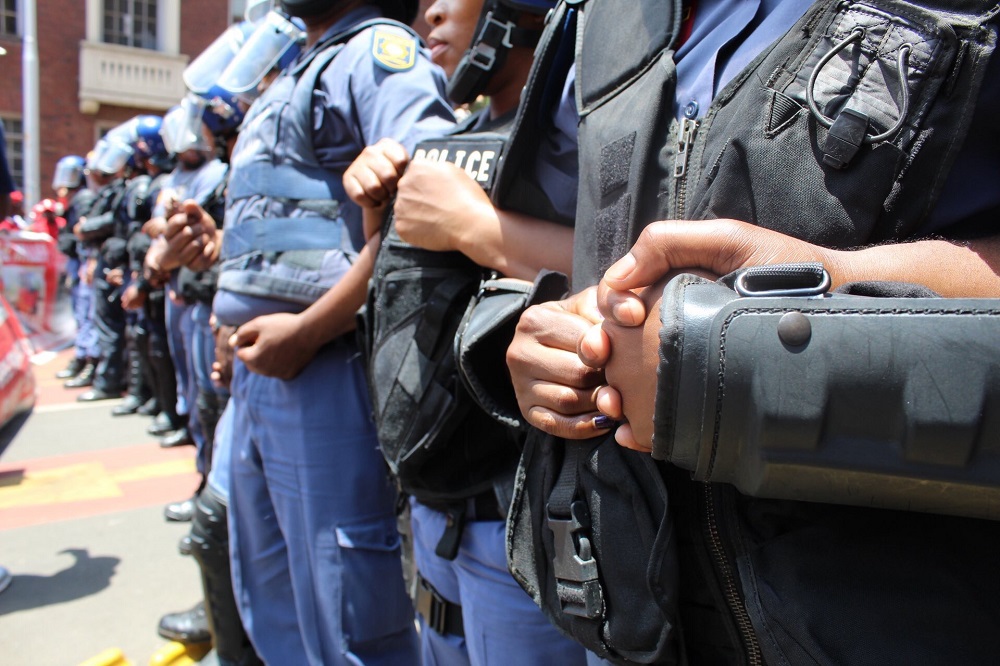-
Cape Minstrel band on Tweede Nuwe Jaar
Tweede Nuwe Jaar or the Cape Town Parade also known as the Kaapse Klopse Karnival is in full swing, drawing around 100 000 spectators.
Eighteen troupes from various communities across Cape Town are performing in this 300-year-old tradition that dates back to the time of the slaves in the Cape Colony.
People have been camping out in the City Centre since Thursday to secure a vantage point for themselves.
This is Cape Town at its finest. The music reverberates through the City. The troupes put on their best performances for their loyal supporters.
And for the spectators, this is a cultural experience handed down from their slave ancestors.
Around 20 000 minstrels took part in today’s parade. Their satin suits and well-choreographed dances took months to complete.
Young and old take part in the performances. But this event is more than just music and dancing and colourful displays.
Every move, gesture, and facial expression is reminiscent of how the ancestors of Cape Coloureds and Cape Malays celebrated the New Year.
The slaves to the colonisers in the Cape were forced to serve their masters on the first of January. They were then given the second day of January off, on which they could ring in the new year.
But despite the roots and origin of this parade, the people of Cape Town have put their unique stamp on it and have turned it into a day of celebrations.
Tweede Nuwe Jaar | History of Cape slavery: Tariq Mellet:










